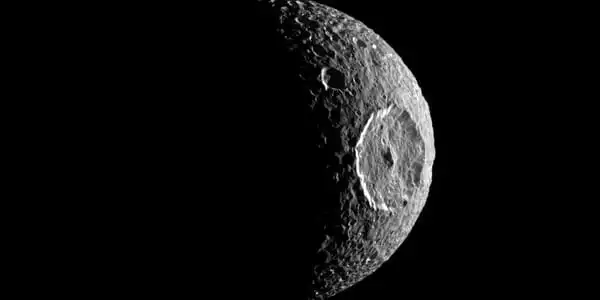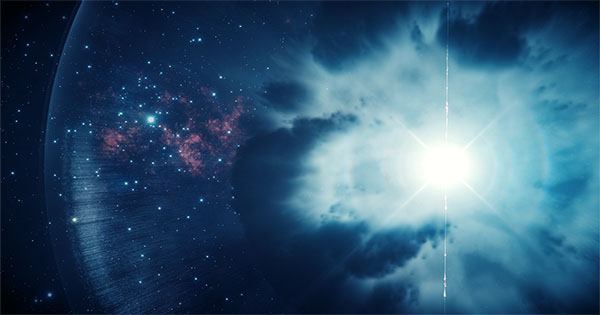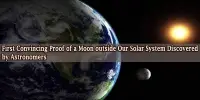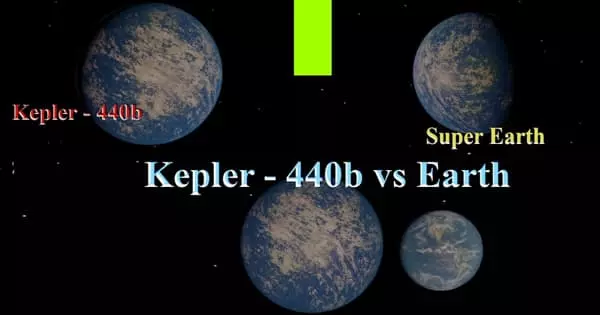‘Mimas’, Saturn’s innermost moon, could have been hiding an internal ocean. The evidence comes from NASA’s Cassini mission, which spent a decade exploring Saturn and its moons. An internal ocean in Mimas can aid in the discovery of habitable worlds in our solar system.
A scientist from the Southwest Research Institute set out to prove that Saturn’s tiny innermost moon, Mimas, was a frozen inert satellite, but instead discovered compelling evidence that Mimas has a liquid internal ocean. In the final days of NASA’s Cassini mission, the spacecraft discovered a strange libration, or oscillation, in the moon’s rotation, which often indicates a geologically active body capable of supporting an internal ocean.
“If Mimas has an ocean, it represents a new class of small,’stealth’ ocean worlds with surfaces that do not reveal the ocean’s presence,” said SwRI’s Dr. Alyssa Rhoden, an expert in the geophysics of icy satellites, particularly those containing oceans, and the evolution of giant planet satellite systems.
Although our findings support the presence of an ocean in Mimas today, it is difficult to reconcile the moon’s orbital and geologic characteristics with our current understanding of its thermal-orbital evolution.
Dr. Alyssa Rhoden
One of the most profound discoveries in planetary science in the last 25 years has been the presence of oceans beneath layers of rock and ice in our solar system. These worlds include icy satellites of giant planets like Europa, Titan, and Enceladus, as well as distant planets like Pluto. Worlds with surface oceans, such as Earth, must stay within a narrow range of distances from their stars in order to maintain temperatures suitable for liquid oceans. Interior water ocean worlds (IWOWs), on the other hand, are found over a much wider range of distances, greatly increasing the number of habitable worlds that are likely to exist across the galaxy.
“Because Mimas’ surface is heavily cratered, we assumed it was just a frozen block of ice,” Rhoden explained. “Enceladus and Europa, for example, are fractured and show other signs of geologic activity. Mimas’ surface, it turns out, was deceiving us, and our new understanding has greatly expanded the definition of a potentially habitable world in our solar system and beyond.”
In a satellite, tidal processes dissipate orbital and rotational energy as heat. To match Mimas’ libration, tidal heating within the moon must be large enough to keep the ocean from freezing out but small enough to maintain a thick icy shell. The team used tidal heating models to develop numerical methods to create the most plausible explanation for a steady-state ice shell 14 to 20 miles thick over a liquid ocean.

“The majority of the time, when we create these models, we have to fine-tune them to produce what we observe,” Rhoden explained. “Evidence for an internal ocean just popped out of the most realistic ice shell stability scenarios and observed librations this time.”
The team also discovered that the heat flow from the surface was highly sensitive to the thickness of the ice shell, which could be verified by a spacecraft. The Juno spacecraft, for example, is scheduled to fly by Europa and use its microwave radiometer to measure heat flows in this Jovian moon. This data will help scientists understand how heat flow affects the icy shells of ocean worlds like Mimas, which is especially interesting as NASA’s Europa Clipper prepares to launch in 2024.
“Although our findings support the presence of an ocean in Mimas today,” Rhoden said, “it is difficult to reconcile the moon’s orbital and geologic characteristics with our current understanding of its thermal-orbital evolution.” “Mimas’ status as an ocean moon would serve as a reference point for models of its formation and evolution. This would aid our understanding of Saturn’s rings and mid-sized moons, as well as the prevalence of potentially habitable ocean moons, particularly around Uranus. Mimas is an enticing target for further investigation.”
Cassini’s discovery of libration suggests Mimas’ interior is warm enough for a liquid ocean but not so warm that it compromises the moon’s thick ice shell. According to the researchers, the ice shell could be up to 19 miles (31 kilometers) thick.
IWOWs is an abbreviation for interior water ocean worlds. Enceladus, Titan, and Jupiter’s fascinating moon Europa are all known IWOWs. These locations are particularly intriguing because they may support microbial life. The larger moons have geologic activity on their surfaces that hints at what’s going on beneath. Mimas, on the other hand, does a good job of concealing its liquid, if it exists at all.
“It turned out that Mimas’ surface was deceiving us, and our new understanding has greatly expanded the definition of a potentially habitable world in our solar system and beyond,” Rhoden explained. Mimas isn’t yet a sure-fire IWOW, according to the researchers. There are still unanswered questions about its origins and evolution. Rhoden described it as a “compelling target for further investigation.”
















